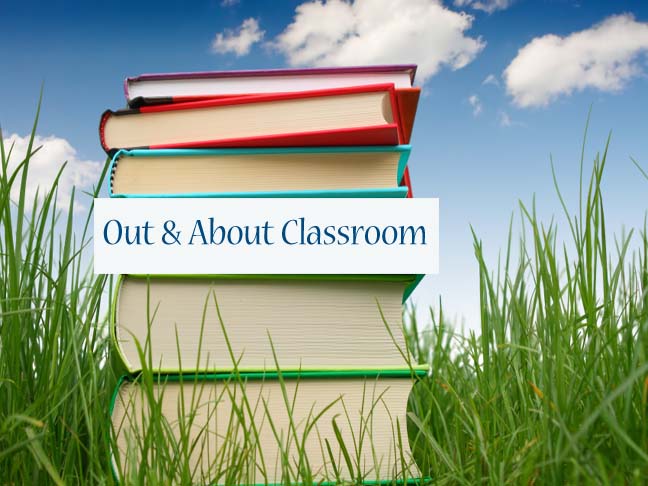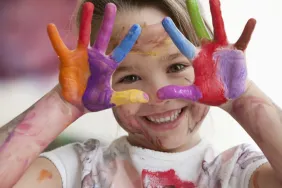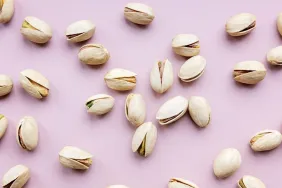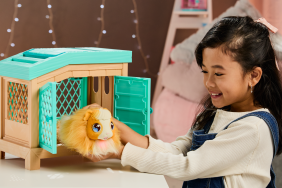We waded through the stream, catching tadpoles in the cup of our hands, surveying the stages they go through to miraculously transform into frogs. We foraged for berries and pulled sassafras roots to take home to make tea and looked for Garter snakes hiding beneath mossy rocks. Mother Nature was our teacher and all her living creatures were her samplings.
The world is a treasure trove of life. From the worms that crawl from the earth after a summer rain, to the flowers that grow in the gardens, the outdoors are filled with every day wonders that make up our planet. It’s important to teach our children that every life form has a function. The corn snakes in Nebraska eat the mice to protect the crops. The city cockroaches eat decay and dust, and help clean up the world. All living creatures have a function, enabling us to live in harmony in our environments.
The best way to learn about animals and plant life is to observe it up close. Plan an outing to your local zoo or aquarium. For those who live near an ocean, explore a tidepool, or those in the mountains, take your children on a hike. Don’t simply look at the life forms, study them and engage your children to do the same. Before your trip, research some of the plants and animals you will be seeing. Find out why the giraffe has such a long neck or poison oak turns red in the spring. Supporting your observations with fun facts will inspire your children to lean more about the biosphere around them and how each individual life form has a very important job.
When you return home, take your child onto a Discovery website or one more specificially geared towards children. Show them videos of wildlife from all around the world. Have them play a dolphin discovery game, or take a Croc Expert quiz. Then go for a walk in your own neighborhood with a magnifying glass. Have your child examine the segments on an ant or trace the veins of a fallen leaf with their fingers. Just be sure to teach them to leave the organism where they found it, otherwise, it could cause a disturbance in the ecosystem. There is so much to be in awe at in the world around us. Once children discover the ecological riches that live in their own back yard, they will be able to see the world with a brighter, wider set of eyes.
Bonus Activity:
Have your children grow their own garden. Take a window box or a clay pot and have them decorate it creatively. Help them set the seeds and be responsible for watering and caring for their plant. It’s exciting for a child to see their handiwork grow from seed to sprout, and someday, possibly a flower or fruit. If they enjoy this activity, let them expand their garden in the growing season. A tomato tastes best when grown on one’s own vine. There is no sweeter strawberry than from one’s own garden. Not only will this teach children patience and effort, it will entice many to eat more of their fruits and vegetables.








